Haunted houses are one of America’s favorite pastimes. Thousands of people pass through the nearly 1,200 commercial attractions in the country every year. But how did this industry get started? And why? Well, the next time you see your grandfather, you might want to thank him. His generation’s commitment to criminal mischief on Halloween is responsible for most of the traditions we know and love, including trick-or-treating and haunted houses. But let’s start at the beginning:
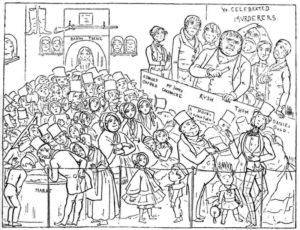
The First Haunted Attractions
The first attraction on record that looked something like a haunted house was Marie Tussaud’s “Chamber of Horrors” at her wax museum in 19th century London. She scandalized the British public by displaying realistic replicas of the decapitated French nobility. The Chamber later displayed wax replicas of famous murders and of historical torture and execution methods.
A little later, around the turn of the 20th century, the Guignol theater in Paris became famous for its gruesome onstage depictions of dismemberment. Max Maurey, the theater’s director, once said that he judged every performance by how many audience members passed out. Performance art and live actors are still a vital part of the haunted house experience. We probably have Max Maurey to thank for that.
The late 19th and early 20th centuries saw an uptick in the public’s appetite for horror. Many horror films that have since been hailed as foundations of the genre came out in the 1910s and 1920s. The 1930s saw a real blossoming of the genre with hits like Dracula (1931) starring Bela Lugosi and Frankenstein (1931) featuring Boris Karloff.
For teenagers during the first few decades of the twentieth century, Halloween was an opportunity to wreak havoc on your local community without getting arrested. Boys would steal gates, park wagons on roofs, turn over outhouses and even put dummies on train tracks. Not surprisingly, many adults did not look forward to Halloween. Even so, it wasn’t until the 1930s that these activities started to be taken more seriously. The Great Depression was setting in, and many families and communities were now extra sensitive to the potential cost of some of these Halloween antics. On Halloween 1933, hundreds of teenage boys across the country flipped cars, sawed off telephone poles, and committed other acts of vandalism. Adults were outraged, and some cities considered banning Halloween.
Thankfully, banning the holiday was not necessary. Instead, adults started coming up with ways to keep kids busy on Halloween. Trick-or-treating began during this time, and so did the home-made haunted house. Magazines gave parents ideas about how to set up haunts for the neighborhood kids in their basement. These included things like cardboard cut-out black cats, fur and raw kidneys on the walls of a dark hall, wet hair nets hanging from the ceiling at face level, and of course, ghosts made out of sheets.
These DIY suburban haunts made up most of the haunted houses in the country for the next few decades. After the Depression, a few small commercial haunted houses popped up, but they didn’t become a cultural icon until a few decades later.
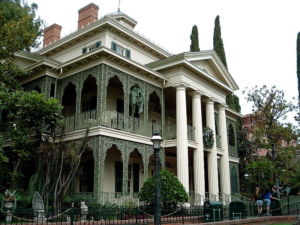
The Commercial Haunted House is Born
Disneyland’s Haunted Mansion opened in 1969. It had been nearly two decades in the making, and it was about to change the way we celebrate Halloween. Disney’s use of technology in the Haunted Mansion was revolutionary. Most people were used to simplistic, carnival-type displays where ghosts were sheets, not dancing projections of light. No one had ever seen anything like it. The Haunted Mansion was an instant success. On one day, shortly after its debut, more than 82,000 people passed through its ghost-filled halls.
Today, many professionals in the haunted house industry point to the Haunted Mansion as the beginning of the commercial haunted house trend. After Disney amazed the American public, others wanted in. Within a few years, haunted houses had opened all across the country.
Theme parks and nonprofit organizations were among the first to open their own haunts. Knotts Berry Farm in California started hosting a Halloween night attraction that soon became a multi-week series of events. The United States Junior Chamber, a nonprofit group formed in 1920 and known as the Jaycees, became famous for raising money with haunted houses. Many people had their first haunted house experience at a Jaycee haunt.
The Jaycee haunts weren’t as high tech as Disney’s, but they were a step up from carnival sideshows and suburban basements. Their attractions included things like Frankenstein’s Lab, Dracula’s Funeral Parlor, and rooms with other traditional scary themes like bats, spiders, and ghosts.
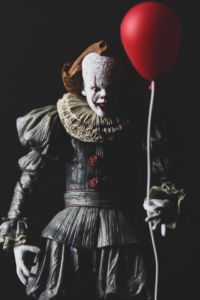
The Making of the Modern Haunt
Hollywood has inspired the haunted house industry for most of its history. In the early 1970s, the Jaycee houses drew on popular horror film characters like the Wolfman, Frankenstein, and Dracula. When slasher films became popular during that same decade, haunted house owners quickly saw the appeal. Freddy, Jason, and Pinhead became the go-to characters all throughout the ’70s, 80’s and ’90s. Films like Texas Chainsaw Massacre introduced the idea of chasing guests with chainsaws, and haunted houses became more terrifying than ever before. Now visitors could be a part of their favorite horror films, and they couldn’t get enough. The industry grew by leaps and bounds through the ’80s and ’90s.
As horror became more extreme on the screen, people began demanding more from their haunted house experience as well. It was no longer enough to feel a gross texture on a wall or have Dracula pop out at you. As a result, the haunted house industry began experimenting with more realistic scares. Makeup and costuming improved, and technology helped to create a more immersive experience.
Now haunted houses across the country scramble to come up with creative ideas that will scare even the most jaded modern audience. Mixtures of classic horror and common human fears still seem to work well on most people, especially when great actors bring the experience to life. Haunted houses aim to tap into their guest’s fight or flight response to create a thrilling experience. Some owners even hire psychologists to help them plan out an effective and fun haunt. In the industry, it’s known as the “art of fear.”
As people have become harder to scare, many haunted houses have upped the ante with hands-on experiences that imitate kidnappings, surgeries with mad doctors or being trapped in a straight jacket.
As more and more haunted attractions have opened across the country, the industry has become incredibly diverse. It’s safe to say that there’s a haunted attraction for everyone, from kids and panicky adults to those looking for an extreme experience. Haunts aren’t limited to houses either. Today you’ll find haunted forests, hayrides, and roller coasters.
Escape rooms are the most recent iteration of the haunted attraction. These puzzle games range from mild to terrifying and are a hit with kids and adults alike. Unlike haunted houses, which are only open for a few weeks in the fall, escape rooms are open year-round. Many haunted houses now offer escape rooms and aim to make them as scary as their Halloween haunt.
With over 50 years to perfect the scare, there’s no doubt that haunted attractions are the best way to get your adrenaline rush, and the future looks bright. Many haunts are already experimenting with virtual reality and other systems that let visitors personalize the experience to their own unique fears.

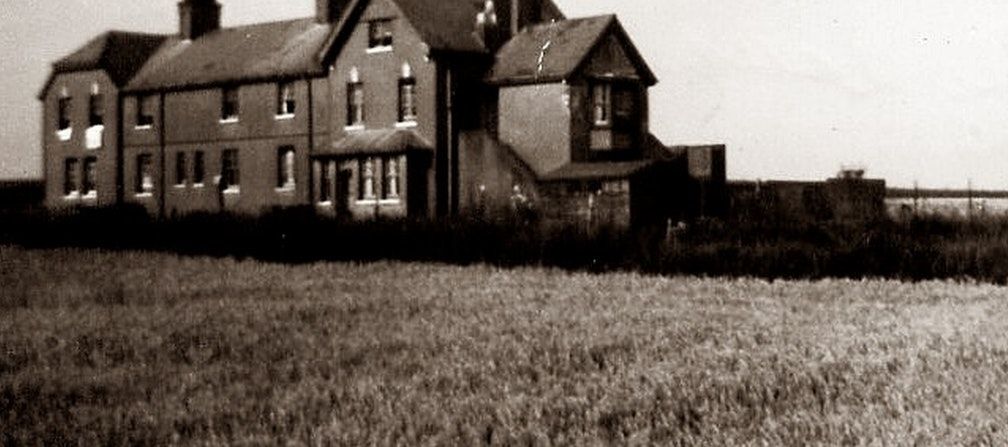
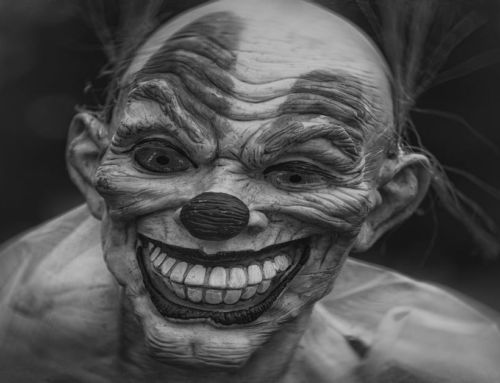

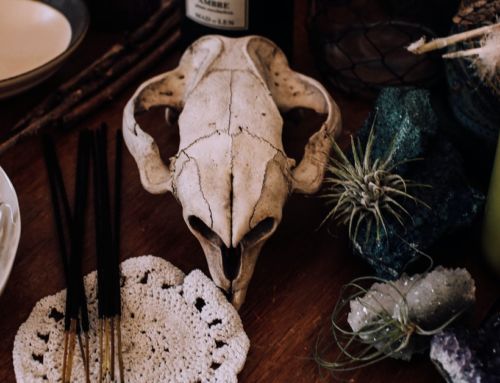
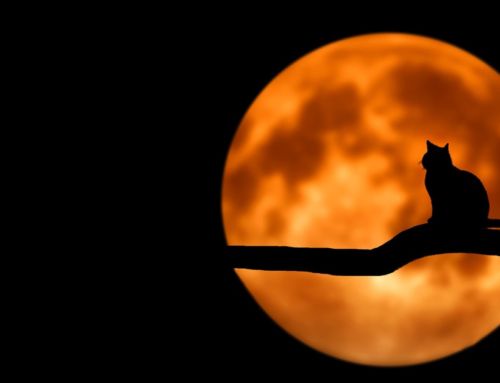
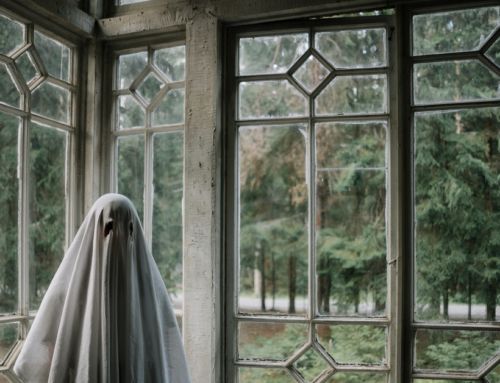
Leave A Comment
You must be logged in to post a comment.